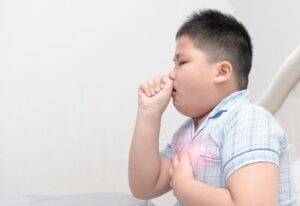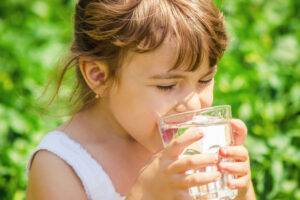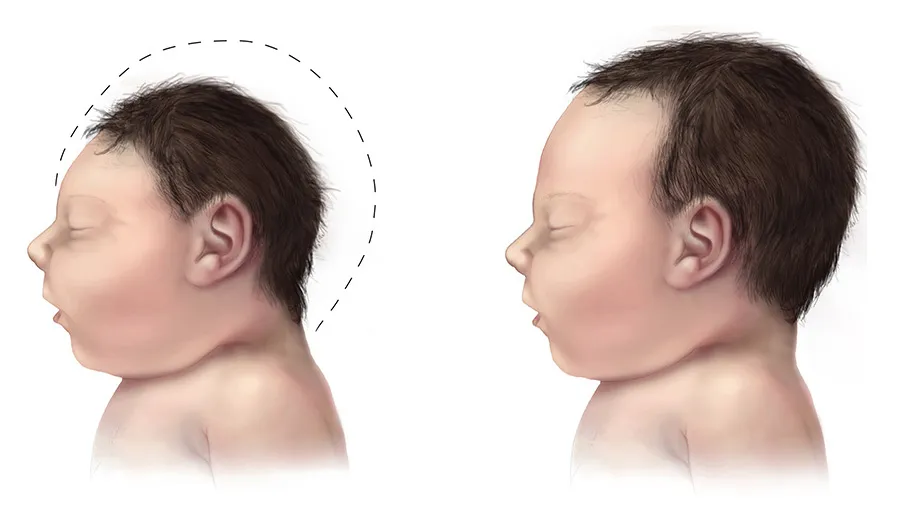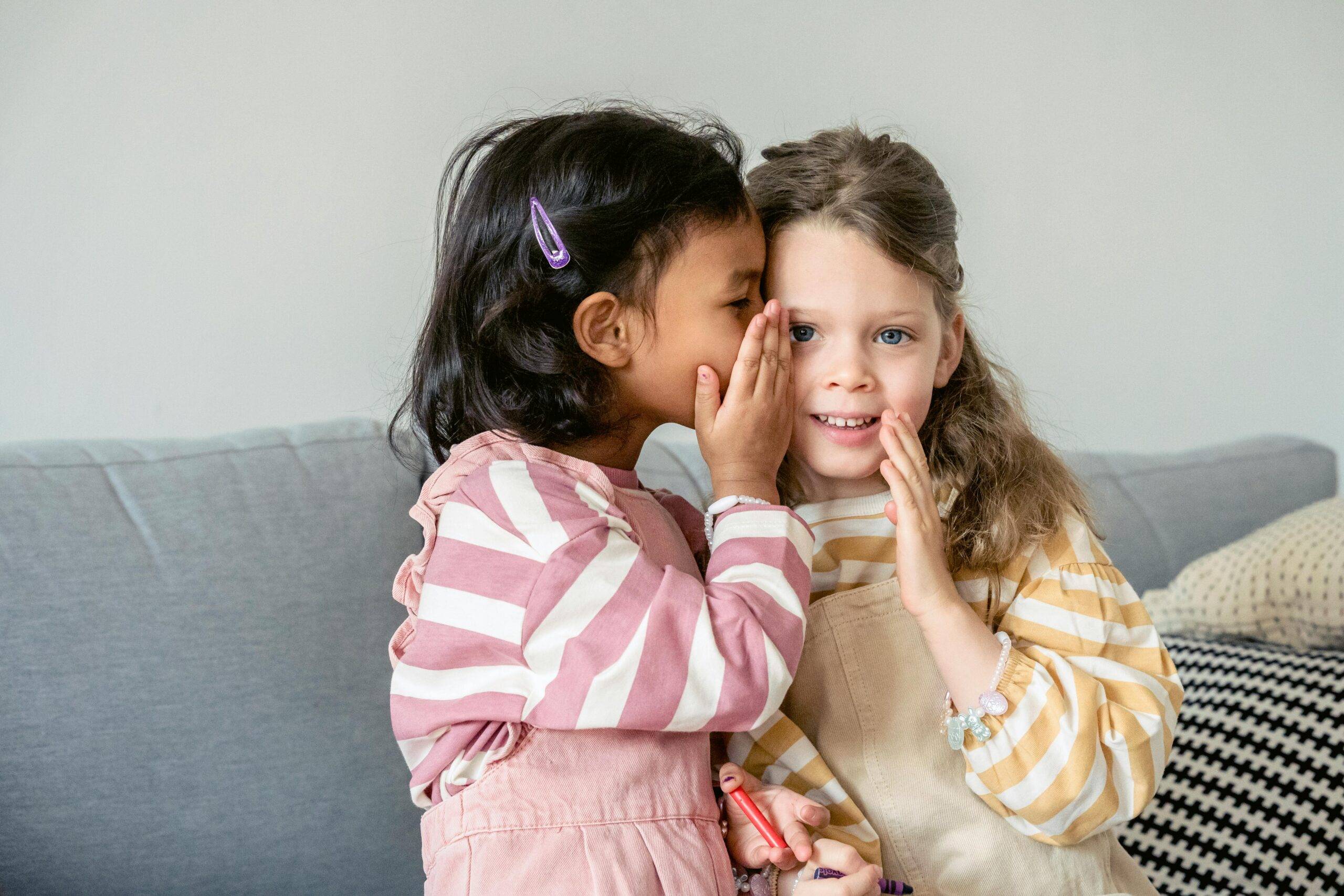Table of Contents
Summer or seasonal allergies arrive when you think your child is done with his spring allergies, creating even more pain and distress for your kid. Summer allergies often start in June and last through September. But most symptoms peak in June and July.
The timing may vary based on your location because the environment may impact the allergens. Here’s a guide on avoiding summer-time allergies for a more exciting summer!
What are Seasonal Allergies?
Also called allergic rhinitis or hay fever, seasonal allergies occur during certain periods when grasses, trees, and weeds emit pollen particles into their surroundings. This is a natural phenomenon in the plant’s life cycle and is used to nourish other plants, too.
The airborne pollen particles are what cause allergy symptoms or seasonal allergies. Since this is an environmental factor that we can’t escape but must learn to live with, what we can do is contain or control the unwelcoming symptoms.
Now, how do the allergic symptoms come about?
These pollen particles that are released into the air become intruders for some children. A natural reaction would be to protect their bodies against these intruders. The body’s immune system will then release histamine into the bloodstream.
The body’s release of histamine causes allergy symptoms in children. Even those kids who haven’t experienced seasonal allergies before might acquire them.

Seasonal allergies occur at any age, although they generally don’t appear until a kid is 2 years old. Many people acquire seasonal allergies by age 20, but it’s still good to protect your children to avoid irritation.
Plant Pollen–the Most Common Summer Allergen
Summer allergy season happens long after April’s rains and May’s flower blooming season have passed. Many of the triggers from spring are responsible for summer allergies.
Grass Pollen
You can see grass practically everywhere. Hence, they are thought to be the most widespread cause of summer allergies for everybody—children and adults.
Grass pollen allergens are especially high in these variants: Bermuda, Bahia, Fescue, Johnson, Kentucky Blue, Rye, and Timothy grasses.
Tree Pollen
Tree pollen thrives when the nights are chilly and the days are hot. Tree pollen levels may be particularly high throughout the summer, depending on where you live and the number of nearby tree species.
Weeds and Molds
Mold is weather-sensitive and may grow in concentration based on your area’s climate. Mold spores tend to be more prone to propagating in dry and windy conditions, whereas others flourish in high humidity, like foggy or dewy areas.
Mugwort
This perennial plant is one of the most popular allergens in the late summer and early fall. Mugwort has proteins that cause allergic reactions if your child is pollen-sensitive.
Ragweed
Another prevalent allergen, ragweed, is a flowering plant that thrives across the country. A single ragweed plant may produce up to 1 billion pollen grains, which are small, extremely light, and rapidly spread. Pollen production begins in August until November.
Nettle
A perennial plant with hairs that sting on its blooms and leaves, nettle pollen causes allergic responses when inhaled or through direct contact.
While plants are the number one cause of your child’s summer allergy, there may also be latex or rubber, dirty clothing and toys, fungi, dust, dander from pets and animals, food, and bacteria.
Symptoms of Seasonal Allergies in Children
On a happier note, symptoms of seasonal allergies generally don’t need treatment since they disappear on their own. The negative side is that these symptoms cause discomfort and are bothersome for children.
Over-the-counter (OTC) medications are the go-to resort for immediate symptomatic relief. When the symptoms worsen and are hard to manage, seek medical help from your child’s pediatrician.
Omega Pediatrics can help you manage seasonal allergies. We make sure your kids enjoy their summer break, free from the worrisome symptoms. We love to welcome you to our clinic. Come book an appointment with us.
Flu-Like Symptoms
Your child experiences an itchy nose and throat, which appear to be symptoms closely linked to the common cold or flu. You would notice your child profusely sneezing, nasal congestion with a clear and runny nose, and postnatal drip.
These are the most common symptoms, appearing more often and persisting as long as there’s exposure to the allergens or triggers of seasonal allergies.
Eczema
It’s atopic dermatitis in medical jargon! It’s the most common chronic inflammatory skin disease among children. Eczema may not always be an allergic reaction, but it’s frequently linked to hay fever and asthma if it happens among young children.
Asthma Attacks
Children are more sensitive to the triggers of seasonal allergies. With air-borne pollen, their airways readily constrict or tighten, making breathing hard. This respiratory disturbance could be seen as an asthma attack or childhood asthma.
Aside from pollen, there could be other triggers of seasonal allergies during the summer among young children. Rigorous activities such as playing and running around, intense exercises such as long walking, fumes, cold air, and air pollution can be triggers.
Pollen Food Allergy Syndrome
There are instances when kid’s immune systems cross-react when exposed to pollen or eating raw vegetables, tree nuts, or fresh fruits during the summer. The symptoms appear briefly, manifesting through mouth swelling, tingling lips, or a scratchy throat.
When these happen, the child is said to be suffering from Pollen Food Allergy Syndrome (PFAS) or Oral Allergy Syndrome (OAS). Treatment isn’t required, though, but if the symptoms appear beyond the mouth area, anaphylaxis is likely to happen.
How to Protect Children from Seasonal Allergies
Hypersensitivity to pollen can be annoying and cause great discomfort for children. Parents are bothered every time the summer season sets in. Give your child some barriers to reduce exposure. Here are a few tips:
1. Reduce Allergen Exposure
It would be highly beneficial if you had already identified what triggers your child’s allergy. In this case, you take the necessary precautions and limit or avoid your child being exposed to such triggers.
- Keep the windows shut and the AC running. Avoid fresh air if possible. This prevents the allergens from entering your home.
- Keep car windows closed while driving.
- The best time to go outdoors is after it rains, when pollen is clear from the air.
- During windy weather, limit playing or staying outdoors.
- Refrain your child from going near someone doing gardening chores, such as lawn mowing and weed pulling, since this activity stirs up allergens.
- Be mindful of your pets, as they can also be pollen carriers. Don’t let your kids go near or play with them.
2. Make Handwashing a Habit
Instill the habit of frequently handwashing in your children, especially after playing outside. Plant pollen is mostly invisible to the naked eye and can readily be brought inside the house through your child’s hands.
Frequent hand washing reduces your child’s interaction with an allergen. Young children have the habit of touching their faces and rubbing their eyes and noses throughout the day.
3. Take A Shower Every Night
You and your children may have daytime activities or be on the go the whole day. Make it a habit to bathe or shower nightly to remove any potential allergens before bedtime. Wear clean clothes after a shower.
Plant pollen attaches to whatever it drops, including your kid’s body and clothing. So wearing what your child wore while exposed to allergens isn’t good.
4. Keep Hydrated

Children experiencing seasonal allergies have excessive production of mucus in their nasal airways, thus congesting the passageways and disrupting their normal breathing patterns. These allergy symptoms flare up.
One way to remedy this situation is to keep hydrated at all times. Drinking water helps flush out the congestion. Likewise, the water maintains the mucous membranes to moisturize, thus lowering the likelihood of developing infection.
5. Wash Bed Linens Regularly
The bedroom is where your child spends most of the time. Keep your kid’s sleeping space as clean and dust- and mite-free as possible. While dust-mite allergies are present year-round, they may contribute to your child’s summer pollen allergies.
Make it a habit to wash everyone’s bed sheets in hot water at least weekly. Consider using allergy-proof liners on your child’s pillow and mattress to protect them. Keep kids out of their bedroom during the day; this means moving their fun toys somewhere else.
6. Ensure Your Kid Gets Proper Sleep
Getting enough sleep is crucial, especially when your child is sick and battling seasonal allergies. Their immune system performs best when they get adequate sleep. Try shifting their bedtime earlier throughout the high pollen season.
7. Monitor Pollen count
When planning outdoor activities, the pollen count should not be overlooked. Check on weather sites and apps to know the data on pollen count for the day. Plan the outdoor activities later in the day, when the count is lower.
8. Consult with Your Pediatrician or Allergologist
There are instances when your child’s allergy symptoms become hard to manage or get severe despite basic treatments. In this case, your child’s pediatrician may refer you to an allergologist for further testing, like a blood test or skin test.
If allergy tests yield positive results, allergy shots are administered to enable the body’s immune system to be less reactive.
If allergy triggers are determined, you’ll be able to manage your child’s allergies effectively. You let your child avoid activities or exposures that appear to aggravate their allergy symptoms.
Sneeze-Proof Your Child this Summer
Seasonal allergies are a frequent complaint among individuals of all ages, especially young children. While there’s no treatment, the symptoms can be controlled.
Discuss your allergy concerns with your child’s pediatrician for personalized advice and recommendations depending on your child’s specific allergies and symptoms. They are your best ally and can help ease your child’s summer allergy symptoms.
We at Omega Pediatrics can help you and your child get through the summer without experiencing any allergic reactions. Book an in-office or telemedicine appointment with us today!
FAQ
What are seasonal allergies, and why do they occur?
Seasonal allergies, also known as allergic rhinitis or hay fever, occur when grasses, trees, and weeds release pollen particles into the air. These particles trigger allergic reactions in some children, leading to symptoms like sneezing, congestion, and itching.
What are common triggers of summer allergies?
Common triggers of summer allergies include grass pollen, tree pollen, weeds, molds, mugwort, ragweed, nettle, as well as latex, dirty clothing and toys, fungi, dust, dander from pets, food, and bacteria.
What are the symptoms of seasonal allergies in children?
Symptoms of seasonal allergies in children include flu-like symptoms such as sneezing, nasal congestion, runny nose, and postnasal drip. Other symptoms may include eczema, asthma attacks, and pollen food allergy syndrome (PFAS) or oral allergy syndrome (OAS).
How can parents protect children from seasonal allergies?
Parents can protect children from seasonal allergies by reducing allergen exposure, promoting handwashing habits, ensuring nightly showers to remove allergens, keeping hydrated, washing bed linens regularly, ensuring proper sleep, monitoring pollen counts, and consulting with pediatricians or allergists for personalized advice.
When should parents seek medical help for their child’s allergies?
Parents should seek medical help if their child’s allergy symptoms worsen, become hard to manage, or interfere with daily activities despite basic treatments. Pediatricians or allergists can provide further testing and treatments, including allergy shots, to help manage allergies effectively.




